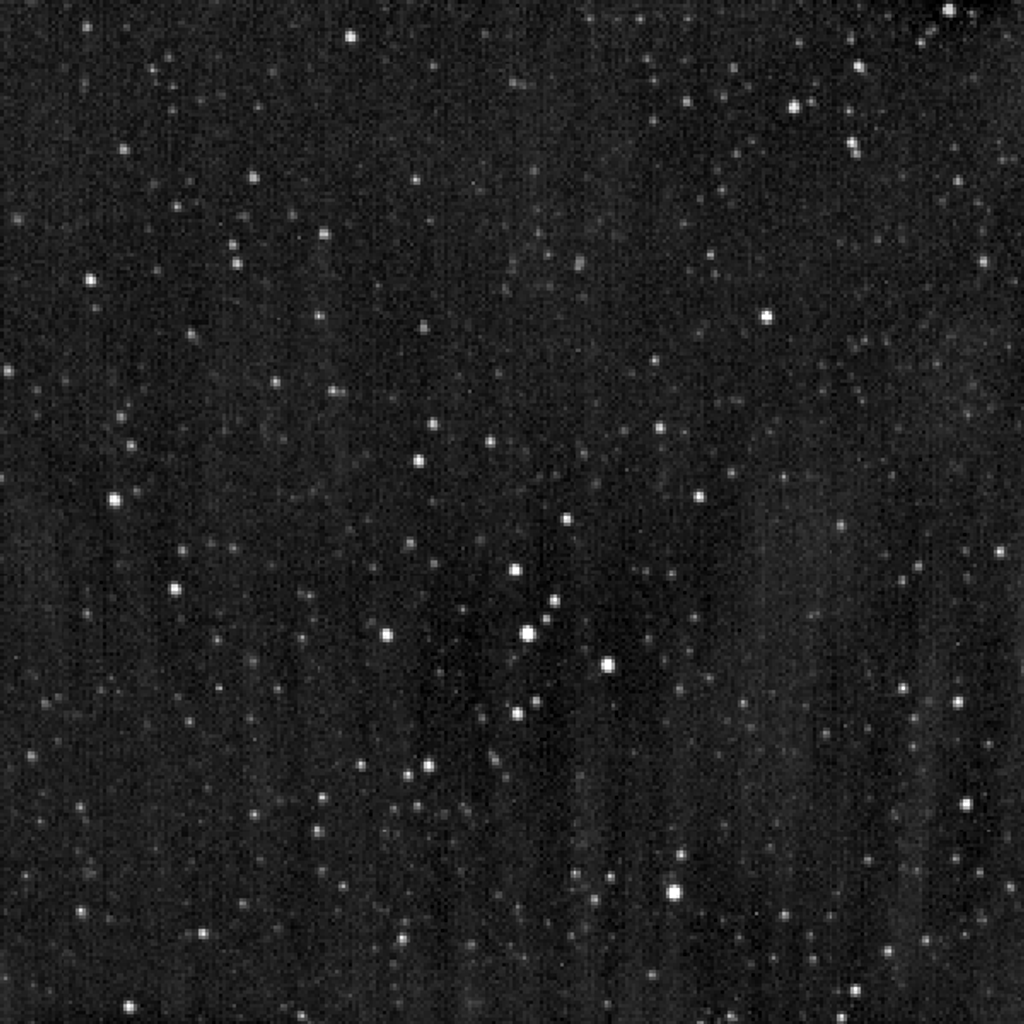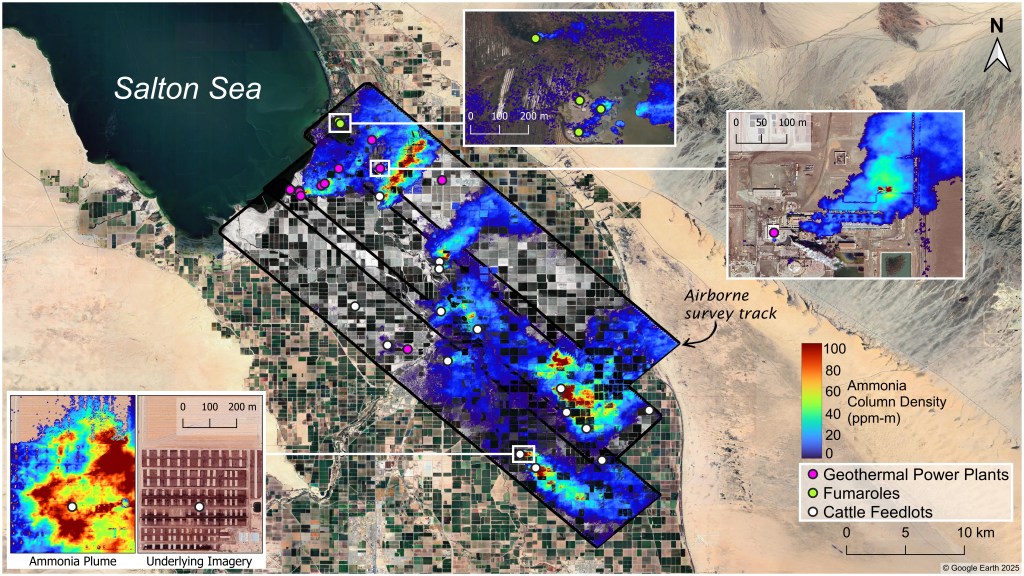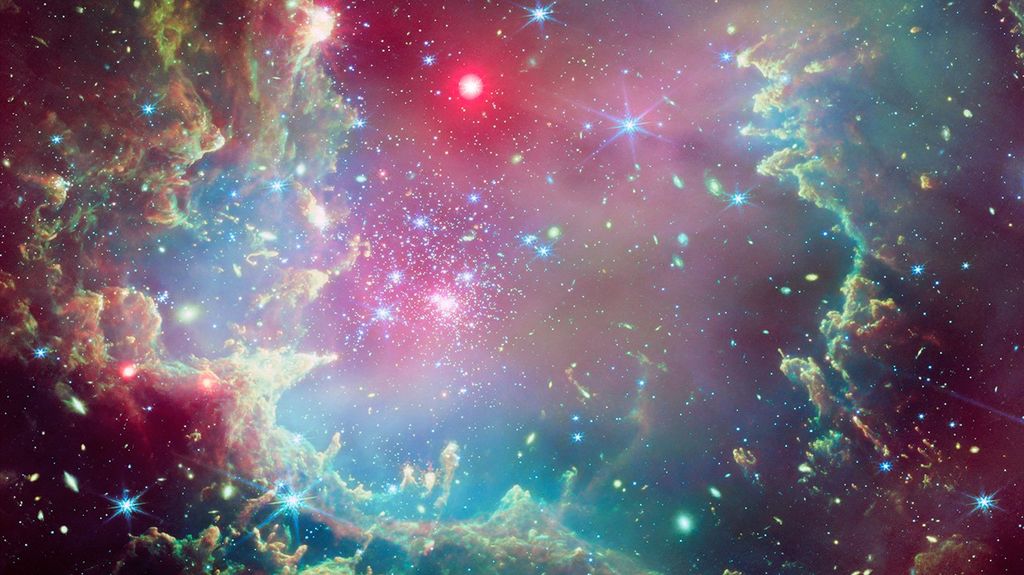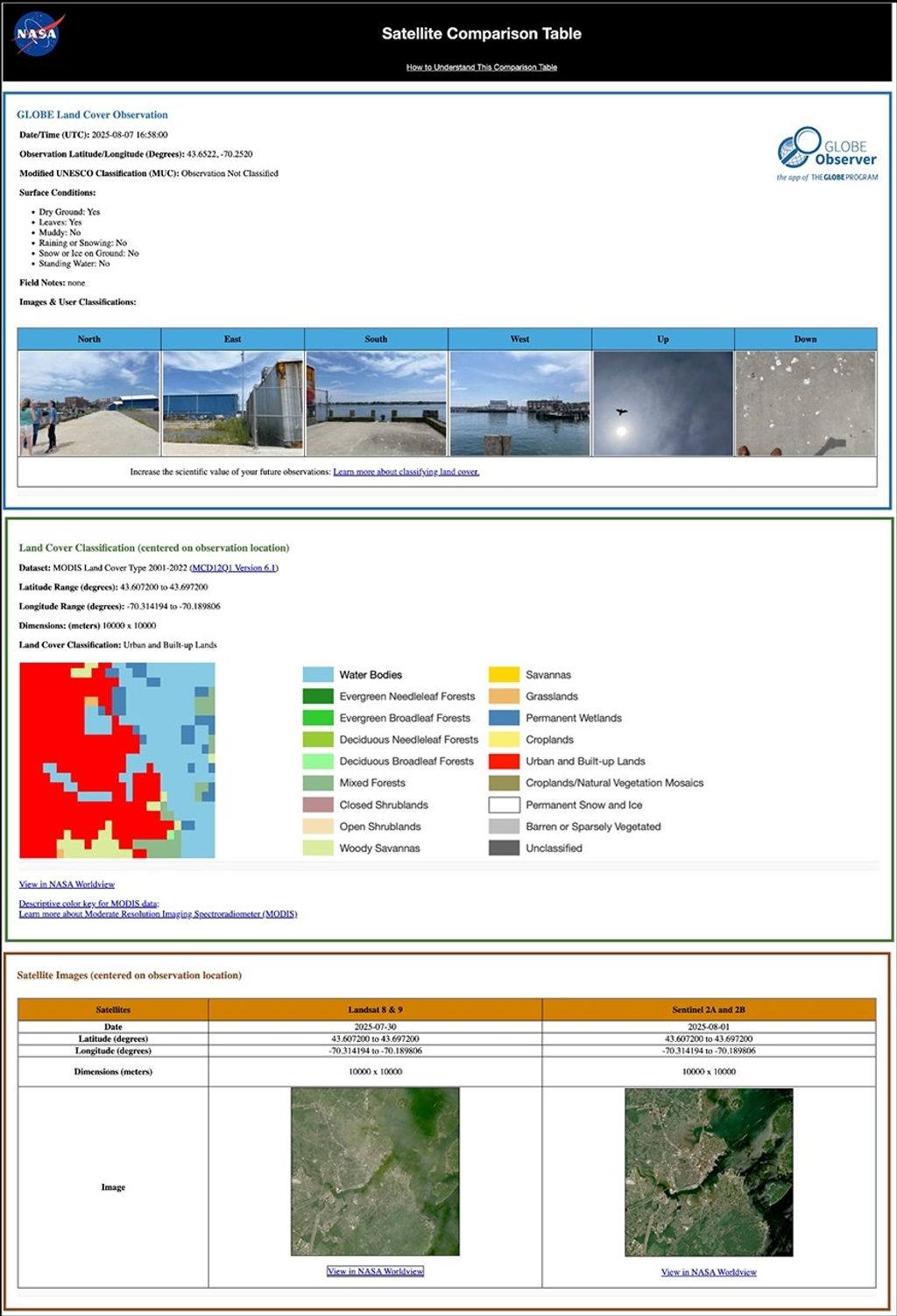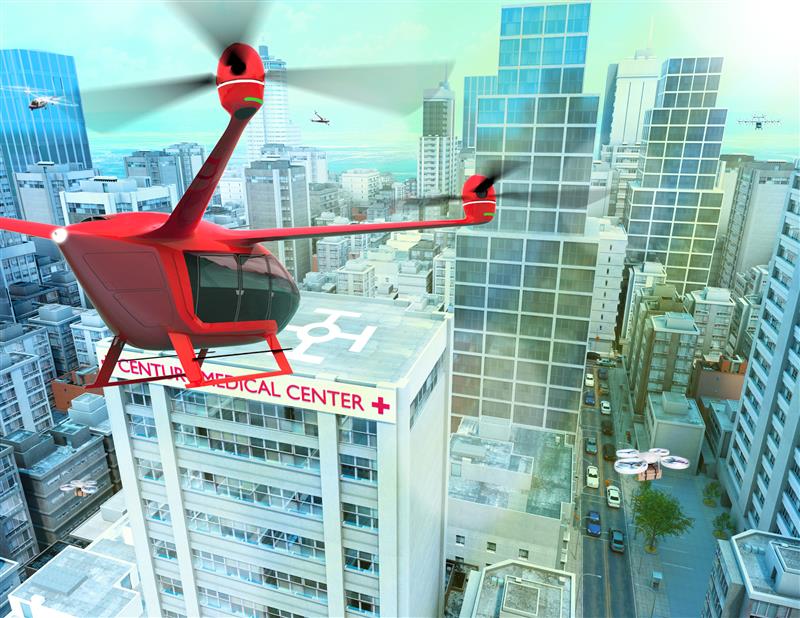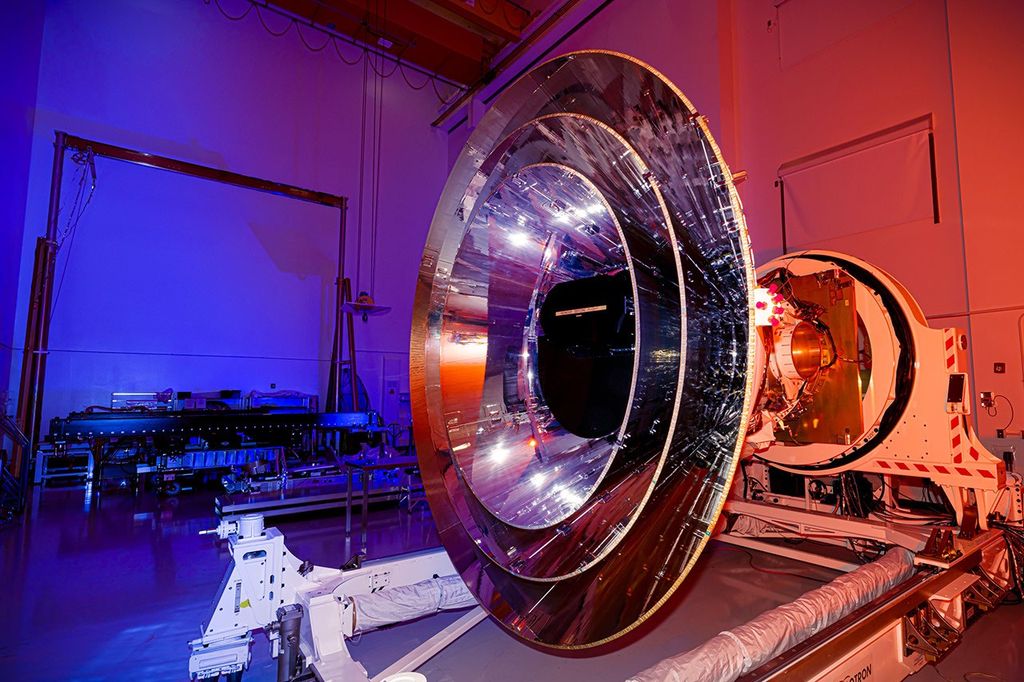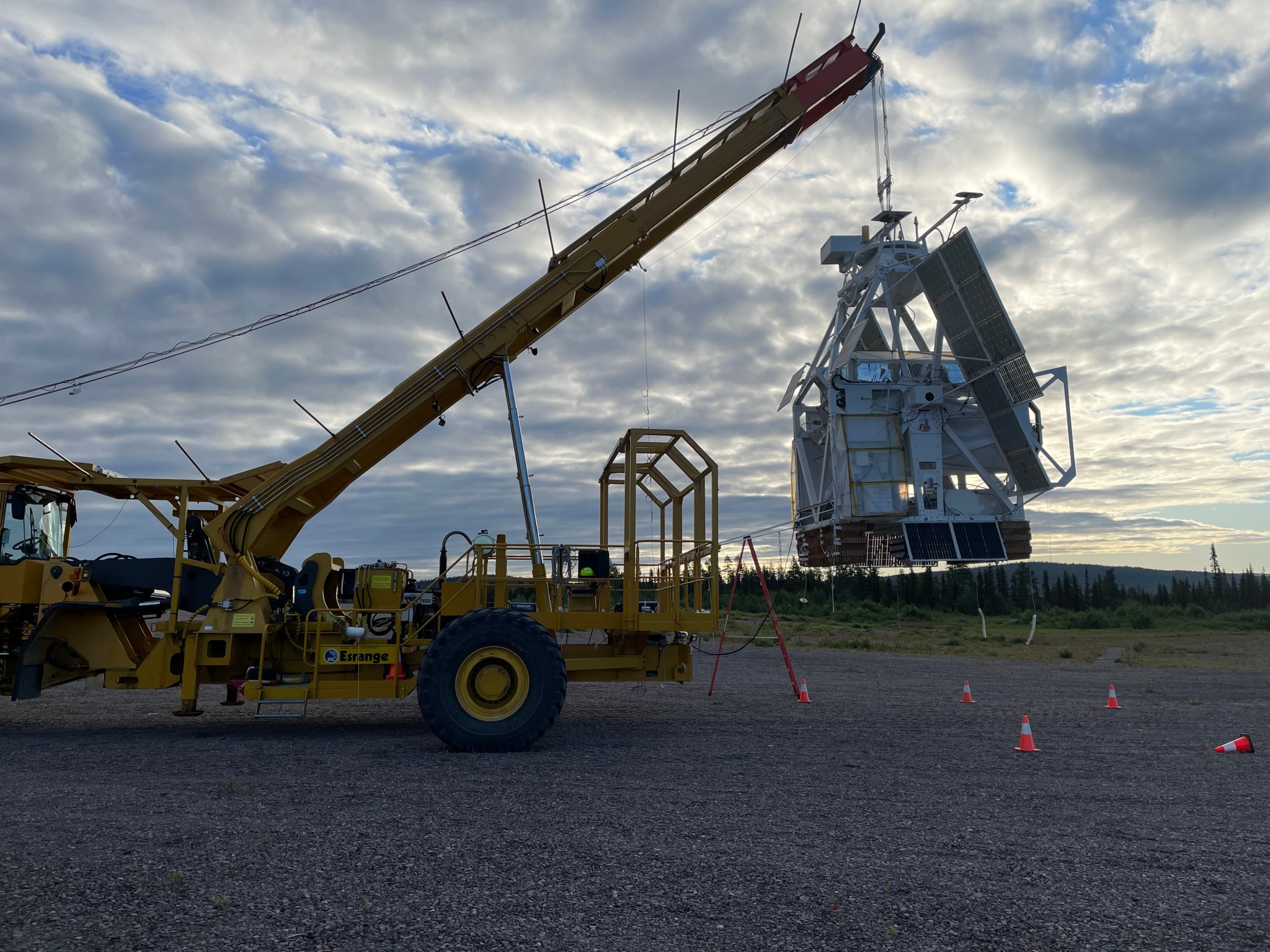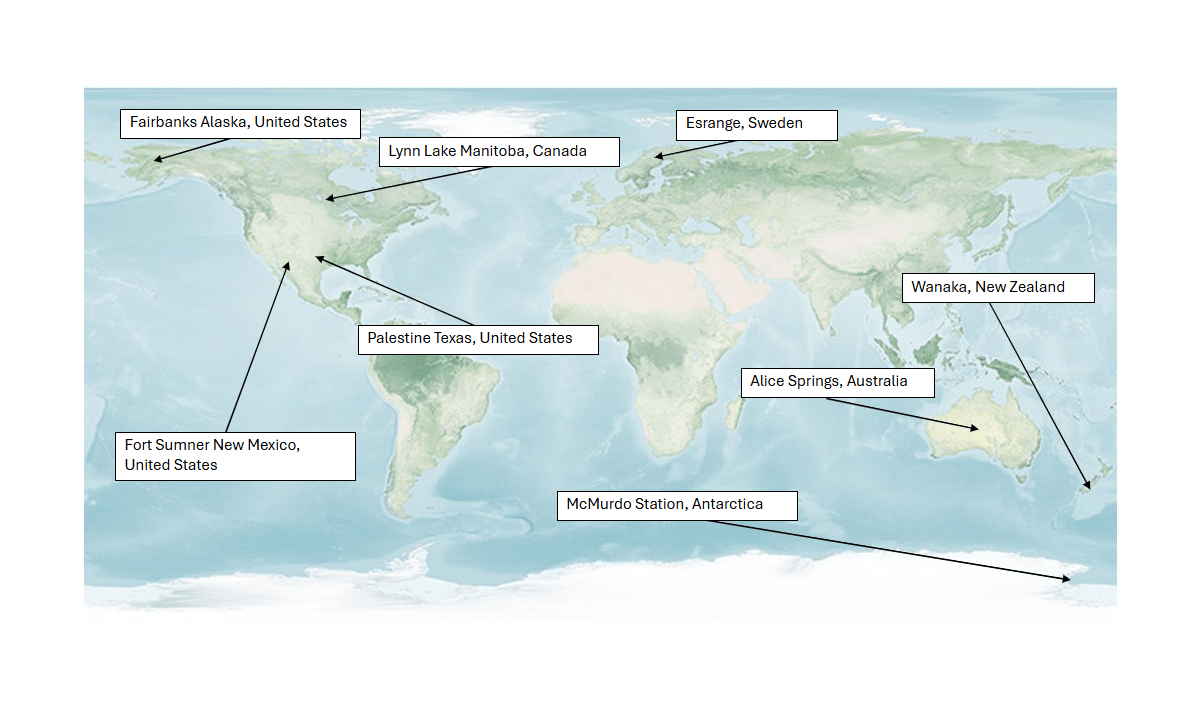In over 50 years of operation, the Facility has launched more than 1700 balloons for 35 universities, 23 other research agencies, and 33 foreign groups. During this span of years there has been a dramatic increase in sophistication of experiments and demands for service. This can best be shown by comparisons of the growth in payload weight, balloon size, and the amount of electronic support provided between 1963 and 1988. The average payload increased from 407 pounds in 1964 to more than 3000 pounds in 1988. Average balloon volume has increased from 2.8 million cubic feet (MCF) in 1964 to over 20.0 MCF in 1988. Today, payloads weighing 5000 pounds are quite common and balloons of 20 to 30 MCF are flown routinely.
In addition to the Palestine operation, the CSBF conducts scientific ballooning operations from various remote sites in the U.S., several foreign countries and the continent of Antarctica, with support from the National Science Foundation (NSF), which runs the U.S. Antarctic Program (USAP). The Facility is recognized on the international level as being one of the most advanced organizations of its type in the world.
Here is a map of the various locations CSBF has launched scientific balloons from:
History
Remembering the Columbia Crew
On February 1, 2006, the National Scientific Balloon Facility in Palestine Texas was renamed the Columbia Scientific Balloon Facility as a reminder of what the Columbia’s crew stood for: honor, bravery, and the quest for knowledge for generations to come.
The CSBF was established in Boulder, Colorado in 1961 under the auspices of the National Science Foundation. The facility was moved to Palestine, Texas in 1963 and designated as the National Scientific Balloon Facility in January 1973.
In 1982, sponsorship of the NSBF was transferred from the National Science Foundation to the National Aeronautics and Space Administration (NASA), and the NSBF became a separate entity under the University Corporation for Atmospheric Research (UCAR). Currently the CSBF contract is managed by Peraton. The contract is administered by Goddard Space Flight Center’s (GSFC) Wallops Flight Facility.
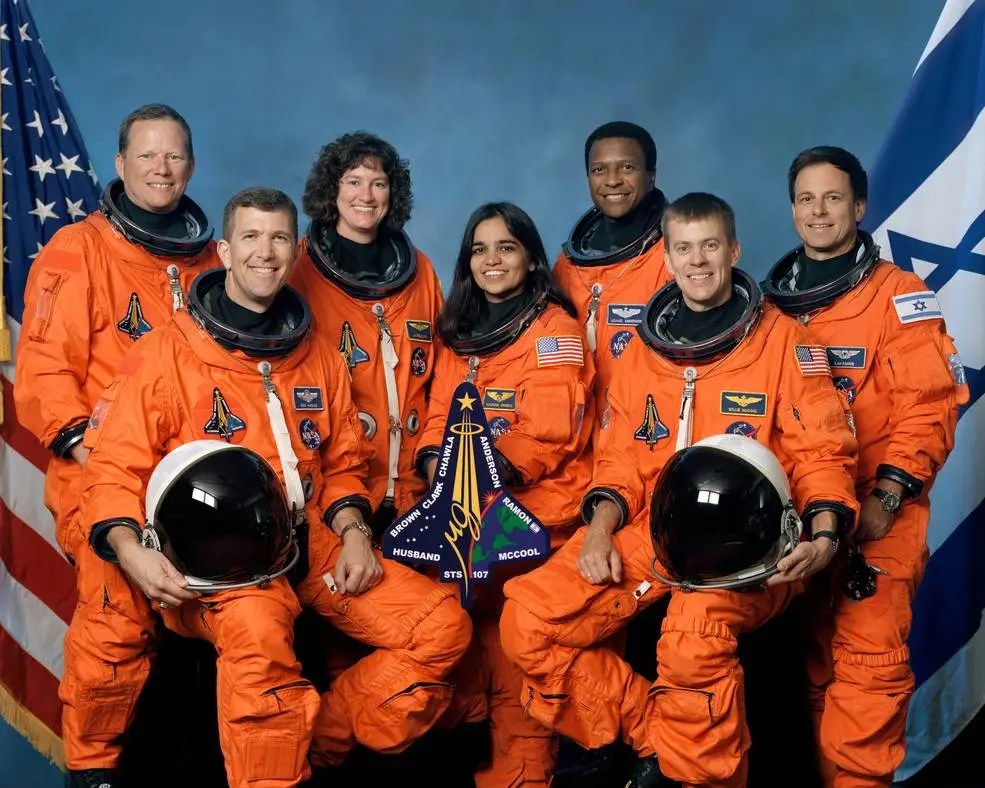
Research Areas
Our scientific balloons are used to conduct research in these fields:

Cosmic Ray and Microwave Background Studies
Explore the various scientific balloon operations that have contributed to our understanding of the universe.
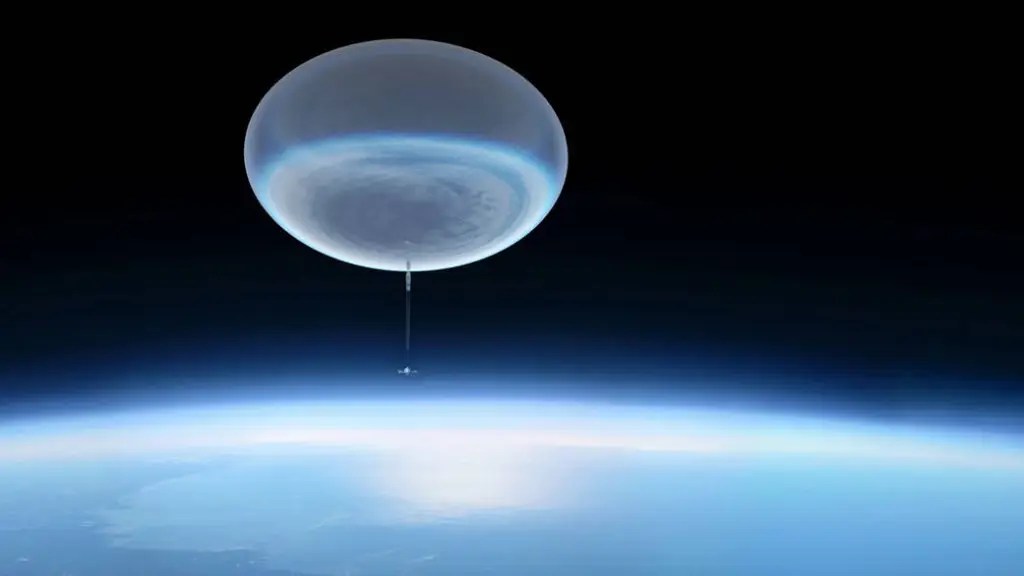
Earth Studies
Learn how scientific ballooning helps predict the weather, understand climate change and test the principles of physics.
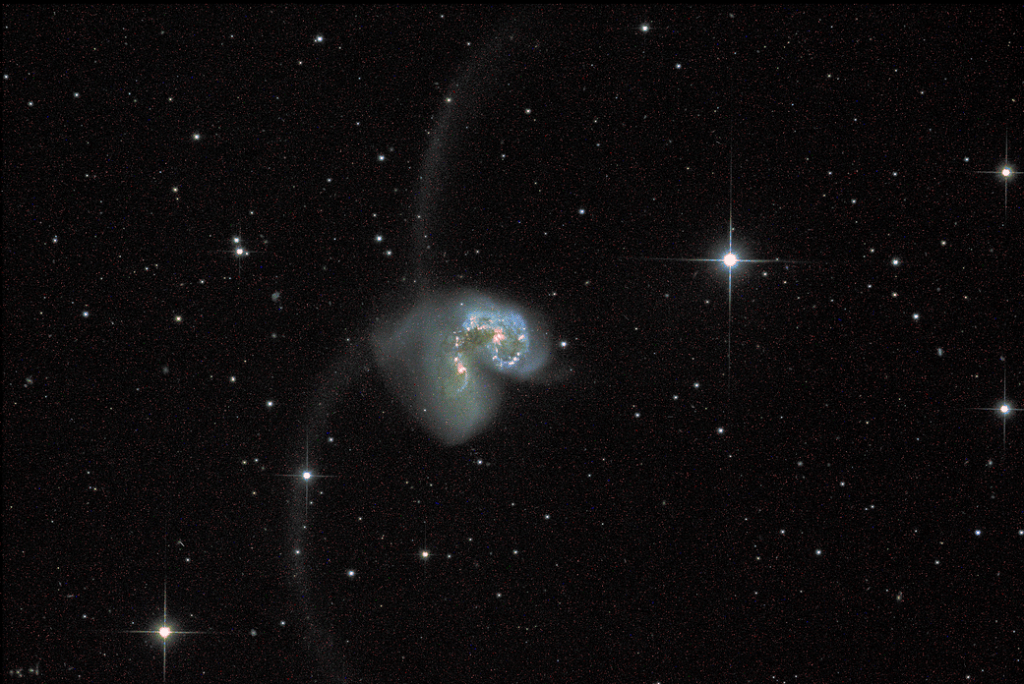
Light Astronomy
View amazing images that scientific balloon payloads have captured and understand how they develop space telescopes like James Webb and Hubble.

Exoplanet and Planetary Studies
See how scientific ballooning has allowed us to put rovers on and explore other planets in our solar system.






